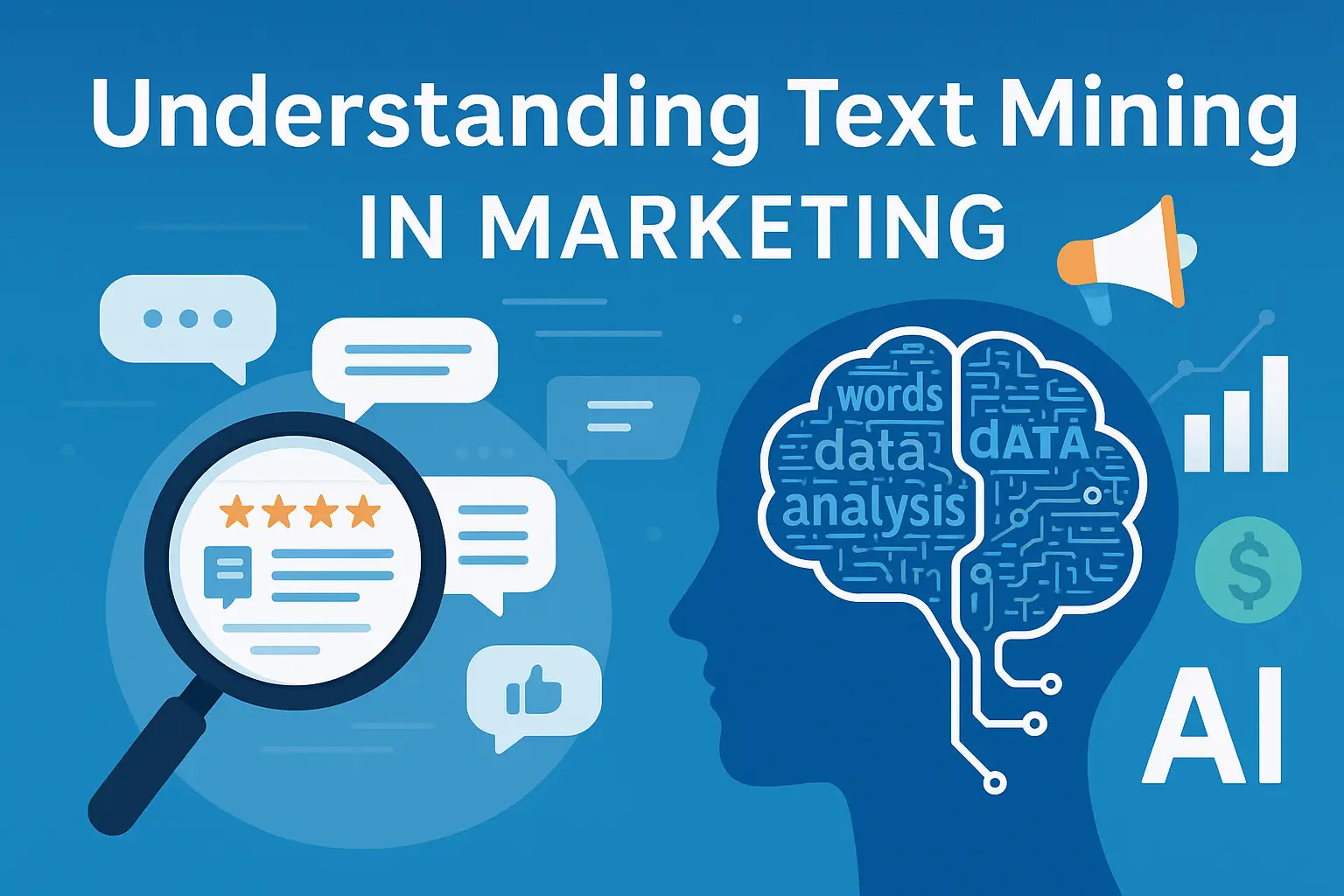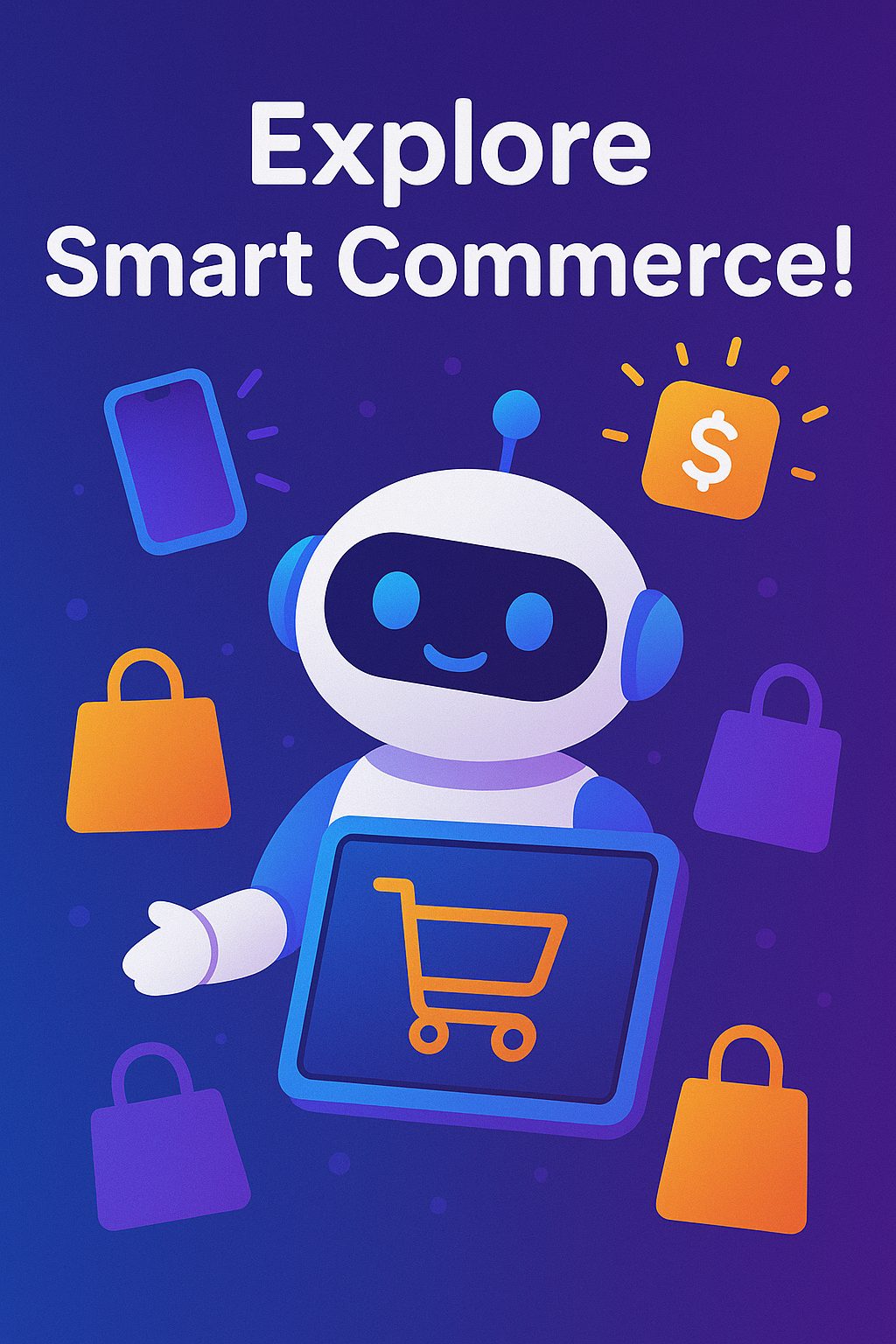Welcome to your ultimate guide on how to get started with Artificial Intelligence! 🚀 Whether you're a beginner, a student, a small business owner, or a tech enthusiast, this blog will walk you through everything you need to know — from basic concepts to real-world applications and future trends.
If you’re curious about how AI is already changing industries, check out our previous posts on How AI Is Changing Education, How AI Is Shaping the Future of Healthcare: 2025 Trends, and The Complete Guide to AI for Small Business Owners.
🔍 What is Artificial Intelligence?
Artificial Intelligence (AI) refers to the simulation of human intelligence by machines and computer systems. It involves processes like learning, reasoning, and self-correction. Today, AI is everywhere: from recommendation engines on Netflix to autonomous cars and medical diagnostics.
For a deeper dive into how AI is impacting education, see our blog: AI is Changing Education.
🚀 Step-by-Step Guide to Get Started with Artificial Intelligence
1. Understand the Basics of AI
Start by learning core AI concepts like machine learning, deep learning, and natural language processing. Platforms like Coursera and Udacity offer excellent beginner-friendly courses.
2. Learn Basic Math for AI
Mathematics is the backbone of AI. Focus on:
- Linear Algebra (vectors, matrices)
- Probability & Statistics
- Calculus (gradients, derivatives)
🔵 Example: A key formula in machine learning is the Gradient Descent Algorithm used to minimize loss:
Loss Function:
L(θ) = (1/n) ∑ (yᵢ - f(xᵢ;θ))²
This formula helps AI models "learn" by adjusting their parameters to fit the training data better.
3. Choose a Programming Language
Python is the #1 choice for AI development. Learn basics like variables, loops, and functions, then move to AI libraries such as TensorFlow, Keras, and PyTorch.
4. Work on Mini-Projects
Apply your skills by building small projects like spam filters, recommendation engines, or stock price predictors. This gives hands-on experience and builds your portfolio!
5. Stay Updated with Trends
AI is evolving rapidly. Follow trusted sources like:
Also, explore how AI is reshaping healthcare in our blog How AI Is Shaping the Future of Healthcare: 2025 Trends.
🧠 Real-World AI Applications to Inspire You
- Healthcare: Predicting patient outcomes and diagnosing diseases faster.
- Education: Personalized learning systems adapting to each student.
- Small Business: AI-powered marketing, sales automation, and customer support.
Read how small businesses are using AI in our blog The Complete Guide to AI for Small Business Owners.
📈 Future Trends in Artificial Intelligence (2025 and Beyond)
- AI Ethics and Bias: Addressing ethical issues in AI decision-making.
- Explainable AI (XAI): Making AI decisions understandable to humans.
- Human-AI Collaboration: Working together rather than replacing jobs.
- AI for Environmental Sustainability: Predicting climate patterns and optimizing resource usage.
Stay updated on AI trends in our blogs on AI in Education and Healthcare AI Innovations.
🏆 Conclusion: Your Journey Starts Now
Getting started with Artificial Intelligence is not as daunting as it seems. Start small, practice consistently, and stay curious. By 2025, AI will be an even bigger part of our lives — and you can be one of the innovators shaping the future!
If you enjoyed this tutorial, also explore how AI is empowering small businesses!








